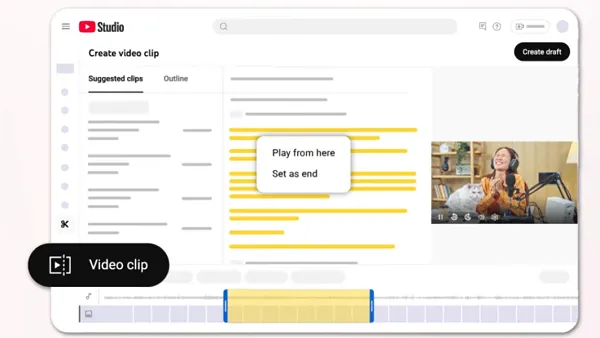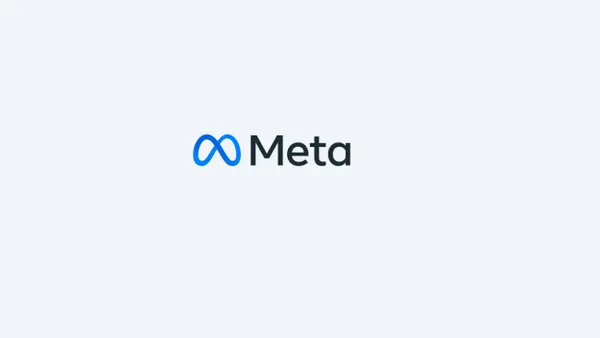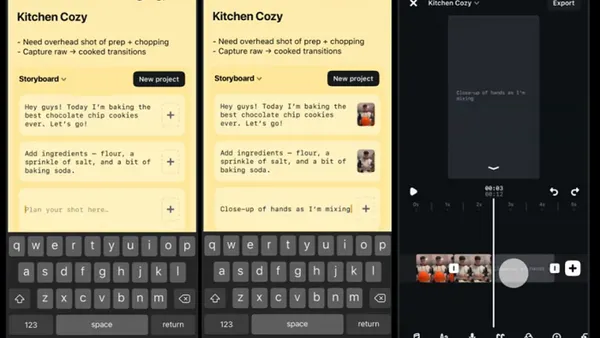One thing about sentiment analysis: it really stirs up the opinions. Apparently, it's good for attention, too, because yesterday's post has gotten a lot of it. So what is it about automated analysis that's so controversial, and what can human analysts do to offset the advantages of automation?
Automation offers four basic benefits:
- Scale
Keeping up with all of the relevant conversations as volume grows. - Speed
Processing new items sooner; computers "read" faster than humans read. - Consistency
Software doesn't get less accurate with fatigue or mood, and it doesn't consider contextual knowledge if it's not supposed to. It just follows instructions, over and over. - Availability
Automated systems don't sleep, so they won't be the limiting factor in determing your 24/7/365 operations plan.
Competing with automated systems
Scale and speed are related, and the hands-on approach is simple: add more people to the process. Speed (latency) will still be limited by the ability of your analysts to read quickly. You won't compete in the sub-second latency market, but you can get ahead of the daily-update crowd.
Consistency in human scoring comes down to training and process. I won't pretend to teach the media analysis pros how to do that job, but it's going to be more formal than the eyeball ratings I gave out yesterday.
Availability is an interesting challenge, but it's not the first time companies have addressed the issue. If you're going to work through nights and weekends, your choices are to create some undesirable jobs at home or switch to follow-the-sun operations overseas.
The rise of offshore outsourcers
Combine the need for a lot of people (analysts) with the desirability of around-the-clock operations, and a lot of people will reach the same conclusion. From the beginning of the social media analysis business, some of the better-known vendors have had development and analyst groups in India. Now, I'm starting to hear from companies that are offering offshore human analyst services as a specialized service.
The interesting bit is that they're unbundling the content coding, so clients (or vendors) can add human-powered sentiment analysis to any platform that provides user coding or tagging.
This won't be an easy group to track. It's largely a traditional outsourcing approach, and any company that provides full-service social media analysis using human analysts could unbundle the coding piece, too. But if clients end up selecting human analysis over the automated version, expect more offshoring of the manual effort.
Link to original post












